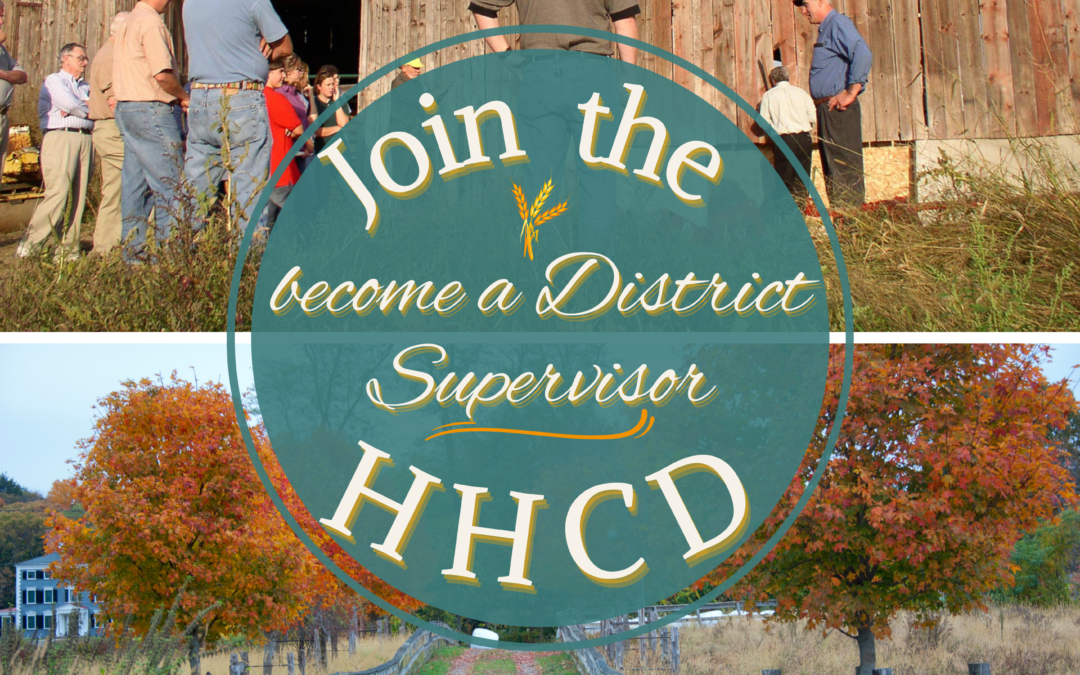
What to do with Your Tree

Massachusetts residents are estimated to purchase around 1 million cut Christmas trees each year. After your festivities are over, what should you do with your tree? Here are our top 5 options for disposing of your christmas tree:
- Create habitat – place your tree in its stand outside and hang bird feeders from the branches, place pine cones dipped in peanut butter on the branches, or submerge it in a pond to create habitat for fish. Penn State extension says that the “whorled branching structure… acts as a refuge from predation by both establishing physical barriers in many different directions and creating shadows that easily camouflage sunfish, perch, or other prey species of fish”. The trees need to be weighed down, in order to stay submerged. Some people recommend attaching cinder blocks to the trunks.
- Use it for mulch or compost – your tree can be chipped into mulch, or boughs can be cut and laid atop garden beds to insulate and protect plants. You can likewise cut up the tree and add it to your compost system.
- Feed it to goats or pigs! Trees contain fiber, minerals, antioxidants, and nutrients, and are a natural dewormer. If you don’t have animals, contact a local farm to see if they want your tree.
- Burn it, but outside only! Creosote can build up and start a chimney fire.
- Crafts! Add needles to potpourri or sachet for fragrance. Use slices of the trunk for coasters or to line your garden beds.
In addition, many municipalities offer recycling programs. Northampton has pickups on the following dates. Check this site for other locations, or contact your local recycling center for information. https://www.pickyourownchristmastree.org/MassachusettsTreeRecyclingDisposal.php
Of course, before choosing any of your options, you must remove all of your festive adornments – lights, ornaments, and other artificial decorations. Next year, consider buying a living tree that can be planted after the holidays!








